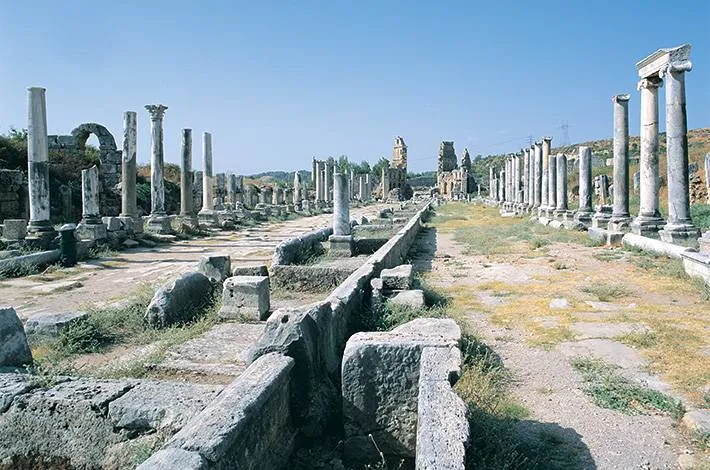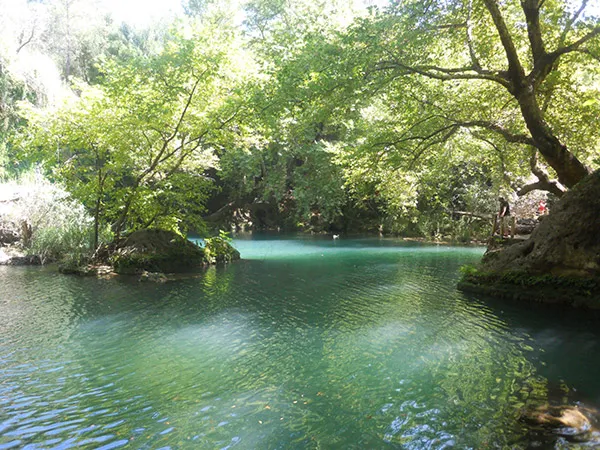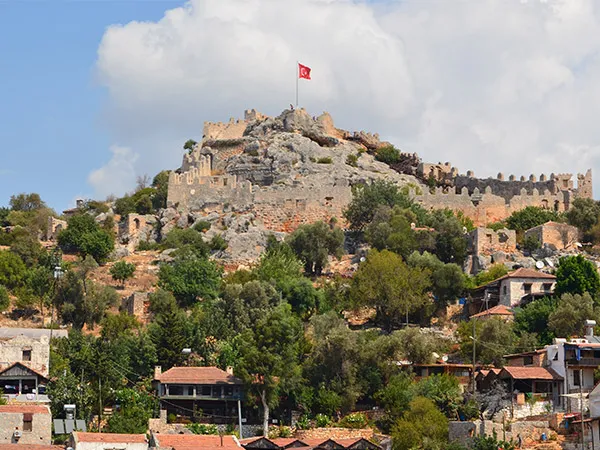Where is Perge Ancient City?
Perge Ancient City is located in the Aksu district of Antalya. It is approximately 18 kilometers from Antalya city center and is one of Turkey's most important archaeological sites.
How to Get to Perge Ancient City?
Reaching Perge Ancient City is quite easy. You can get there from Antalya city center by bus or private car in about 20 minutes. You can also visit the ancient city by joining tours organized by travel companies.
What to Do at Perge Ancient City?
1. Visit the Ancient Theatre: The Perge Ancient Theatre, with its capacity of 15,000 people from the Roman period, is remarkable. You can feel the historical atmosphere here.
2. Explore the Stadium: The ancient stadium, with a capacity of 12,000 people, hosted gladiator fights in ancient times.
3. Discover the Agora and Baths: The Agora was known as the center of commerce. The Roman baths are also among the notable structures.
4. Examine the Mosaics: The mosaics in Perge Ancient City reflect the artistic understanding of the period.
Touristic Importance of Perge Ancient City
Perge Ancient City is a unique destination for both history and archaeology enthusiasts. The well-preserved structures and historical texture of the city give visitors a journey back in time. Its inclusion in the UNESCO World Heritage Tentative List highlights the city's significance.









